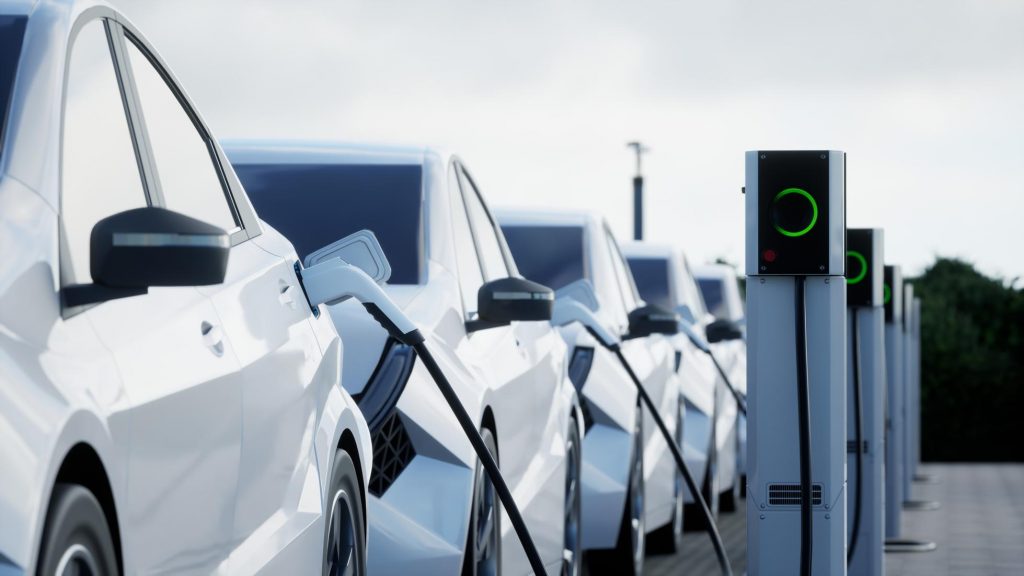The electric vehicle revolution has hit a wall in the rental market. And that wall, unfortunately, does not have an outlet.
New data from Enterprise Mobility shows the number of people considering driving an EV has stalled at 41 percent, and the reason is simple: the industry’s push for electrification has outpaced the charging infrastructure travelers need.
It’s a chicken-and-egg problem that’s leaving some renters with a bad case of range anxiety.
The EV paradox
The industry faces a fundamental paradox. While Enterprise data shows nearly half of Gen Z and millennials would consider an EV — versus just 14 percent of baby boomers — this is the very generation least equipped for the current reality.
Roughly two-thirds of Americans under 35 rent their homes. They lack the garages and driveways for the overnight Level 2 charging that makes EV ownership viable. The industry is targeting a generation that can’t use its product as intended.
This disconnect has split the market into enthusiasts and a vast camp of “holdouts” — 98 percent of whom, the survey notes, are digging in their heels.
“Overall, EV rental demand remains low today,” says Chris Haffenreffer, vice president of strategy at Enterprise Mobility.
This creates a stalemate. Low demand and the recent removal of government credits means fewer EVs in rental fleets. Fewer EVs mean less commercial pressure to improve public charging. And that poor infrastructure keeps demand stuck at the bottom.
Convenience is king
The promise of saving money on gas — the Enterprise Mobility survey’s top motivator at 38 percent — evaporates when confronted with reality.
“For many of our renters, convenience is critical,” Haffenreffer explains. “Saving a few bucks on fuel likely doesn’t outweigh the inconvenience and anxiety that often comes with the charging experience — particularly for a new EV driver.”
That anxiety is justified. Only 20 percent of Enterprise’s daily rentals are short-distance hops.
“Most customers travel over 90 miles,” Haffenreffer adds, forcing them to find a charger mid-trip, in an unfamiliar city, with an unfamiliar car.
That search can be a gamble.
Research from J.D. Power paints a grim picture of public charging. The most common reason for a failed charging visit — affecting 60 percent of attempts — is the charger simply being out of service.
J.D. Power found that EV drivers in Seattle reported a 25 percent failure rate on charging attempts; Los Angeles was 24 percent. For a tourist on a tight schedule, those odds are unacceptable. Add in wait times — which J.D. Power found at 18 percent of charging attempts in San Francisco — and the EV “upgrade” looks more like a downgrade.
The path forward
While Enterprise notes it is taking a “measured approach” and focusing on infrastructure planning, the problem is that the rental model itself is built on “gas-and-go” convenience.
The current EV reality is “plug-and-pray.”
J.D. Power’s research confirms that home charging — the one thing a traveler never has — remains “crucial for EV satisfaction.”
Haffenreffer anticipates demand will follow as infrastructure for EVs continues to improve.
Until then, the industry has a product it can’t sell, and the rental EV revolution will remain unplugged.
How to avoid an EV rental nightmare
The EV rental experience doesn’t have to be stressful. With the right preparation, travelers can make informed decisions.
- Just say no. Travelers are not obligated to accept an EV if it doesn’t fit their needs. Rental agents may present EVs as upgrades, but a polite decline is fine. A simple, “I’d prefer a gas or better yet hybrid vehicle for this trip,” will do.
- Ask the right questions. If you are considering an EV, get specific information: the current charge level, the guaranteed range, the fee for returning it below a certain charge, and a map of nearby compatible fast chargers.
- Research before you commit. Before accepting a rental EV, check a charging map for your route and destination. Apps like PlugShare or A Better Routeplanner show Level 3 DC fast chargers — the only ones that matter on a trip. (Level 2 chargers can take hours.)
If you still want to rent an EV, consider a hybrid. Enterprise and other car rental companies offer a range of hybrid options. For many travelers, hybrids are the best compromise, delivering fuel savings without the charging hassles or range anxiety.

